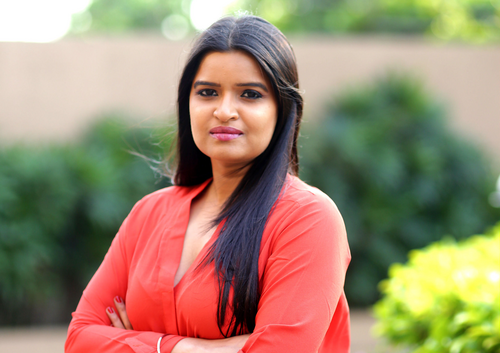Hate the player, not the game
A recent Holi Ad drew flak but correctly highlights the lack of female consent associated with such celebrations

One of the most impactful Bollywood scenes for me was the Holi one in the 90s’ film, ‘Damini’. The Meenakshi Sheshadri and Sunny Deol starrer with its depiction of a heinous gangrape of the maid orchestrated by drunken, debauched upper class men, played on my impressionable mind for years later. I never did care for the raucous celebration associated with Holi; an excuse for tomfoolery and frankly, bad behaviour. A socially approved reason to misbehave with hapless passers-by while forcibly applying or waterbombing colour onto unwilling participants. Of course, there is the beautiful experience of Vrindavan with colour thrown in the air descending like powder showers on the skin. Growing up though the only reference I had of Holi were marauding groups of men with blackened faces or worse, silver colours. We’d call them monkey colours, with no compliments to the actual animal. The persistent feeling from the festival was of force and coercion.
There are many who’d beg to differ — they’d say I didn’t play with the right people, I didn’t have the ‘good’ Holi experience, or ‘come to our Holi party next year and see’. I agree that my views are shaped by my own childhood memories and individuality. However, it’s also a fact that a festival that carries a tagline of ‘bura na maano Holi hai’ (don’t be annoyed, it’s Holi) is not really synonymous with consent. Therefore, the Bharat Matrimony advertisement that has created a brouhaha didn’t quite surprise me. The online matrimony service put out an Ad that cleverly tried to address both Holi and International Women’s Day that happened to be on the same day this year. It called for safer, more inclusive public spaces for women. So far, so good. But the Ad went on to say that harassment during Holi leads to “immense trauma” and that a third of such harassed women (with no attribution to any report/survey or scientific data) stopped playing Holi. The Ad urged that the festivities should be more inclusive and mindful of women.
The Ad was about consent, which is inimical with Holi. Haven’t we all seen revellers force colour onto people, including women? Are we naïve and so blinkered that we can’t accept that there always has been groping and sexual harassment of women in the name of applying colours? But instead of accepting and discussing this, out came our ‘cancel culture’ brigade calling for a boycott of the matrimonial website. The social media outrage snowballed into an alleged attack on a Hindu festival (which by the way, is celebrated by many non-Hindus as well).
In actuality, this is not about religion at all. Holi can be a wonderful commemoration of the victory of good over evil, onset of spring, or just a reason to get together with friends and family for a party. People may have become more aware today than in the 90s but the reality hasn’t changed completely. That’s why on Holi, seldom do you find women on the roads. And it’s not just Holi. Whenever there is a congregation of men and easy supply of alcohol and other contraband, can harassment of women be far behind? New year parties in public squares or streets, carnivals, parades, even election victory gatherings are a cesspool of sexual harassment. Whether it’s the Ho Tay water park in Vietnam or the Lost Paradise of the Dilmun water park in Bahrain, we have seen instances of mass harassment in other countries too. It’s not a festival or a venue that’s the culprit, it’s the carousers, mostly men, who we must hold responsible. It’s ridiculous to link the safety of women, or the lack thereof, to religious festivals. Connect it to the unbridled male spirit.
The writer is an author and media entrepreneur. Views expressed are personal



